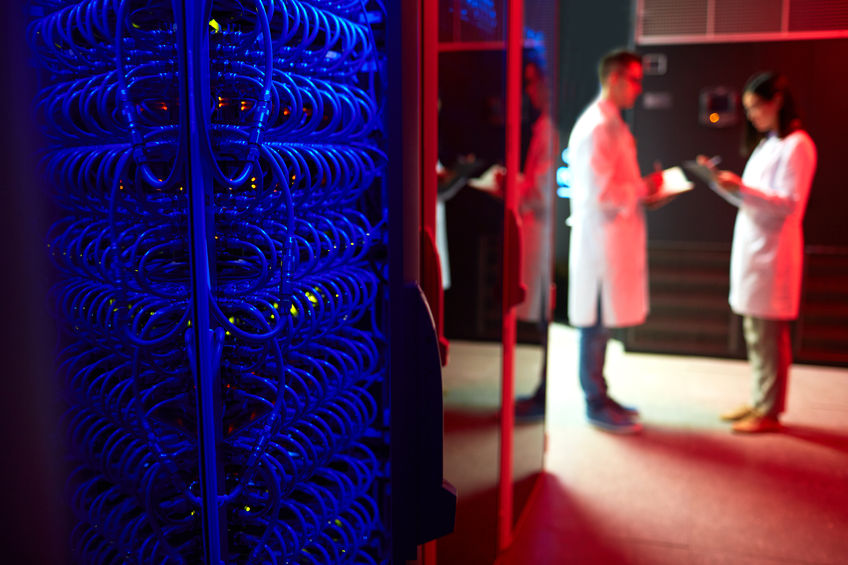US Rushes To Develop Exascale Supercomputers Before China
At some point, advancements in science and technology reach their practical limits. Unless new laws of physics are discovered, for example, humans will never be able to travel at the speed of light.However, we’re apparently far from reaching practical limitations on the power and speed of computing. An international race is underway to build the world’s first “exascale” computer – one which would be able to perform 1,000,000,000,000,000,000 (a quintillion, or a billion billion) calculations per second. Exascale machines will be so fast that some experts don’t even call these next-generation machines supercomputers, preferring the name super-super computers.

Terascale, Petascale and Exascale
Let’s change the subject, just for a paragraph.The man who founded Intel, Gordon Moore, observed 50 years ago that as technology improved, the number of transistors that could fit on a chip seemed to double every year. That informal observation became known as Moore’s Law, which predicted that the capacity of semiconductors would continue to double annually. Eventually it took two years instead of one, along with companion improvements in technology, for those quantum leaps to occur. But Moore’s Law has been pretty accurate for decades.
Those in the computer world have their own version of Moore’s Law which predicts that the power of supercomputers increases by a factor of ten, every ten years. And it’s been more or less on target for quite a while. The world’s most powerful machines in the mid-1990s were terascale supercomputers capable of performing a trillion operations per second, and petascale supercomputers that could perform a quadrillion operations per second arrived in 2008.

Expectations were that the next logical step, to quintillion calculations-per-second exascale machines, would occur around 2018. That deadline looks doubtful, because Western engineers have wrestled with providing the enormous amounts of power to run the hundreds of millions of processor cores required.
But the Chinese are getting close.
The Race Heats Up
China’s National Supercomputer Center has announced that it expects a prototype for an exascale machine to be ready late this year, with a fully-functional super-supercomputer targeted for 2020. That could be a realistic goal, since China’s petascale machines have ranked as the world’s fastest for years.America isn’t giving up on the race to the top, though. The U.S. Department of Energy has awarded a total of $258 million to six companies working on development of an exascale supercomputer – Intel, IBM, AMD, Nvidia, Hewlett-Packard and Cray – with the companies chipping in several hundred million more. Their target date is currently 2021, a year later than China’s projected rollout – and China isn’t the only country to beat. Japan is said to be well on the way toward unveiling its own exascale machine right around the same time.

What’s The Big Deal?
The push to create a super-super computer isn’t simply for geeky bragging rights. The potential for these powerful machines is mind-boggling.
The Department of Energy says an exascale machine would have the same “processing power” as is found at the neuron level of the human brain. That would theoretically enable it to create realistic simulations of such important processes as the world’s climate and the way the human body works. Many experts believe these machines could also lead to new treatments of previously incurable diseases – and even some of the deepest secrets of the universe.
And if not, there’s always the race to build a machine that can perform a sextillion (1,000,000,000,000,000,000,000) operations per second, which should begin right around the time the first exascale computer is unveiled.
0
Featured products





